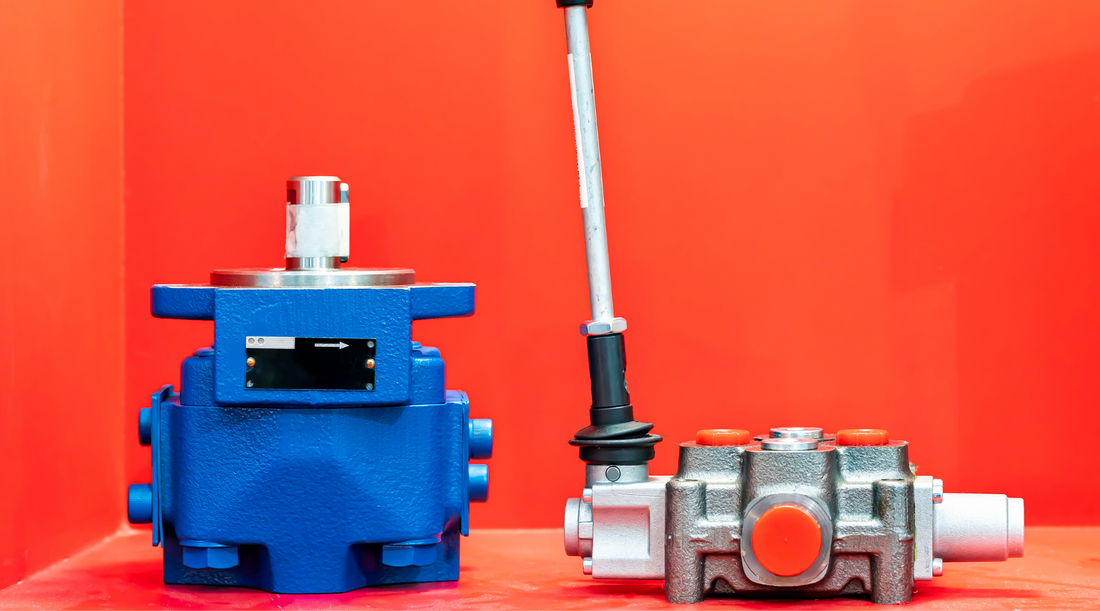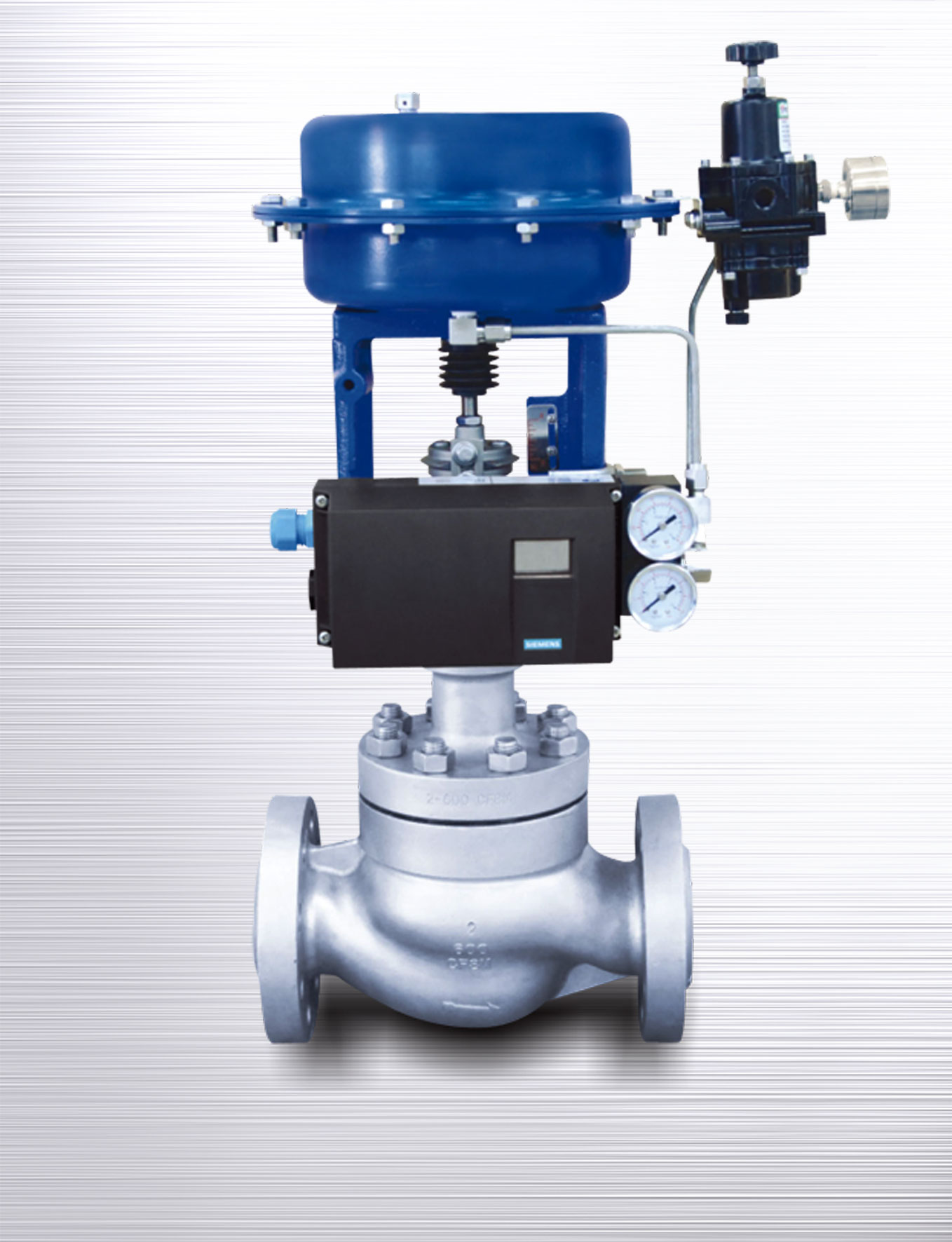Critical Aspects to Think About When Picking Control Valves
Critical Aspects to Think About When Picking Control Valves
Blog Article

Maximize Energy Savings and Comfort With Advanced Structure Automation Controls
In the world of modern architecture and center administration, the combination of advanced building automation controls stands as a crucial improvement. The merging of modern technology and sustainability has birthed a new age where power efficiency, convenience optimization, and functional streamlining are no much longer attainable facts but remote goals. By utilizing the power of automation, buildings can adapt, react, and develop in ways that were as soon as inconceivable. The capacity for significant energy cost savings and enhanced convenience is not just a possibility yet a guarantee waiting to be met. This paradigm shift in building administration holds the crucial to opening a world where environmental conscientiousness and owner well-being sympathetically coexist within the wall surfaces of our structures.
Power Effectiveness Conveniences
Power performance benefits can significantly reduce energy consumption and operational prices in structures. By applying energy-efficient practices and modern technologies, structure proprietors and drivers can attain substantial financial savings while also contributing to environmental sustainability. One of the primary advantages of enhancing power efficiency in buildings is the decrease of utility expenses. Energy-efficient systems, such as advanced structure automation controls, can enhance using resources like lights, air conditioning, and home heating, causing reduced power costs in time.
Furthermore, enhanced power effectiveness can extend the lifespan of structure equipment and systems. By running much more successfully, cooling and heating systems, lighting fixture, and other structure components experience much less deterioration, leading to decreased upkeep and replacement expenses. Additionally, energy-efficient structures often regulate greater building values and rental prices, offering long-lasting monetary advantages to proprietors.
Moreover, power efficiency can improve owner comfort and performance. Appropriately managed interior environments with ideal illumination and thermal conditions produce a more helpful and pleasant workspace, bring about enhanced worker satisfaction and efficiency. Generally, the power performance benefits related to sophisticated structure automation controls are diverse, incorporating expense financial savings, environmental stewardship, and occupant wellness.
Enhanced Convenience Control
Enhancing comfort control in building settings calls for an innovative combination of sophisticated automation systems for ideal resident health. By making use of sophisticated structure automation controls, facilities can customize the interior atmosphere to fulfill the certain requirements and preferences of occupants. These systems allow precise regulation of temperature level, ventilation, and illumination, developing a efficient and comfy atmosphere. Owner contentment and efficiency are carefully linked to thermal convenience, making it important to have systems in position that can adapt to transforming conditions in real-time.
Improved comfort control exceeds fundamental temperature modifications. It includes attributes such as customized settings, occupancy sensors, and natural light use to create a responsive and vibrant atmosphere. By including these advanced controls, buildings can not only boost comfort however also enhance power efficiency by optimizing system procedures based upon actual occupancy and usage patterns. Eventually, focusing on resident comfort via advanced automation systems results in look at more info an extra satisfying and much healthier interior atmosphere.
Functional Performance Improvements

Furthermore, the application of real-time surveillance and analytics devices makes it possible for building drivers to determine energy inefficiencies and operational anomalies quickly. By continuously keeping track of power use patterns and system performance metrics, adjustments can be made in real-time to enhance power consumption and make sure peak functional efficiency. control valves. In addition, incorporating need reaction approaches right into structure automation controls can further enhance functional effectiveness by dynamically adjusting energy usage based upon grid problems and rates signals
Indoor Environment Optimization
Efficient interior environment optimization is a basic element of structure automation controls, ensuring occupants' convenience and wellness while optimizing energy savings. By utilizing innovative sensing units and controls, building automation systems can continuously monitor and readjust temperature, humidity levels, air top quality, and air flow to produce an optimal interior setting. Preserving constant and comfortable problems not just improves passenger fulfillment however likewise increases productivity and total health.
Indoor environment optimization additionally plays a critical duty in energy effectiveness. By fine-tuning air flow, home heating, and air conditioning systems based upon real-time information and occupancy patterns, developing automation controls can substantially decrease power intake - control valves. Executing techniques such as demand-controlled air flow and thermal zoning can assist lessen energy waste while making certain that each area of the navigate to these guys structure gets the needed conditioning.

Sustainable Environment Creation
Structure automation manages not only maximize interior climate problems for power effectiveness and resident convenience yet likewise lay the structure for producing a lasting environment via strategic management of resources and systems. By incorporating sophisticated structure automation innovations, such as sensors, actuators, and intelligent software application, facilities can change and monitor energy use in real-time to reduce waste and minimize their carbon impact. These systems enable predictive maintenance, recognizing possible issues before they escalate and optimizing tools efficiency to enhance longevity and efficiency.
Furthermore, lasting atmosphere creation extends past energy administration to incorporate water visite site conservation, waste decrease, and interior air high quality enhancement. Building automation controls can control water use, find leakages, and guarantee correct waste disposal practices, adding to total sustainability efforts. Additionally, by controlling and checking ventilation and purification systems, these innovations improve resident health and wellness and productivity while decreasing power consumption connected with HVAC operations.
Verdict
In verdict, advanced building automation controls offer significant benefits in regards to power financial savings, comfort control, functional efficiency, interior environment optimization, and developing a lasting atmosphere. By applying these controls, structures can accomplish optimal efficiency while minimizing energy usage and enhancing occupant comfort. It appears that using innovative automation technology is important in improving structure performance and developing a more sustainable future.
Energy efficiency benefits can substantially minimize energy usage and operational costs in structures. Generally, the energy efficiency advantages connected with sophisticated building automation controls are diverse, incorporating cost financial savings, environmental stewardship, and occupant wellness.
Furthermore, including demand feedback approaches into building automation controls can additionally boost functional performance by dynamically changing power usage based on grid conditions and rates signals.
Building automation manages not just enhance interior climate conditions for energy performance and occupant convenience yet additionally lay the structure for creating a lasting atmosphere via strategic management of systems and sources.In conclusion, progressed building automation controls offer considerable advantages in terms of energy financial savings, comfort control, functional effectiveness, indoor environment optimization, and producing a lasting setting.
Report this page